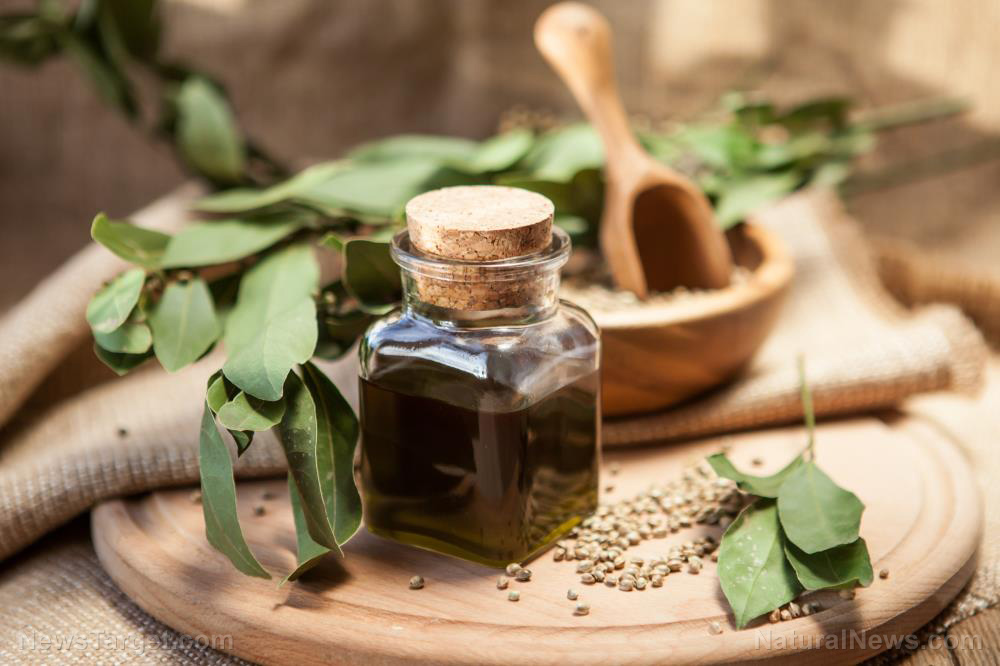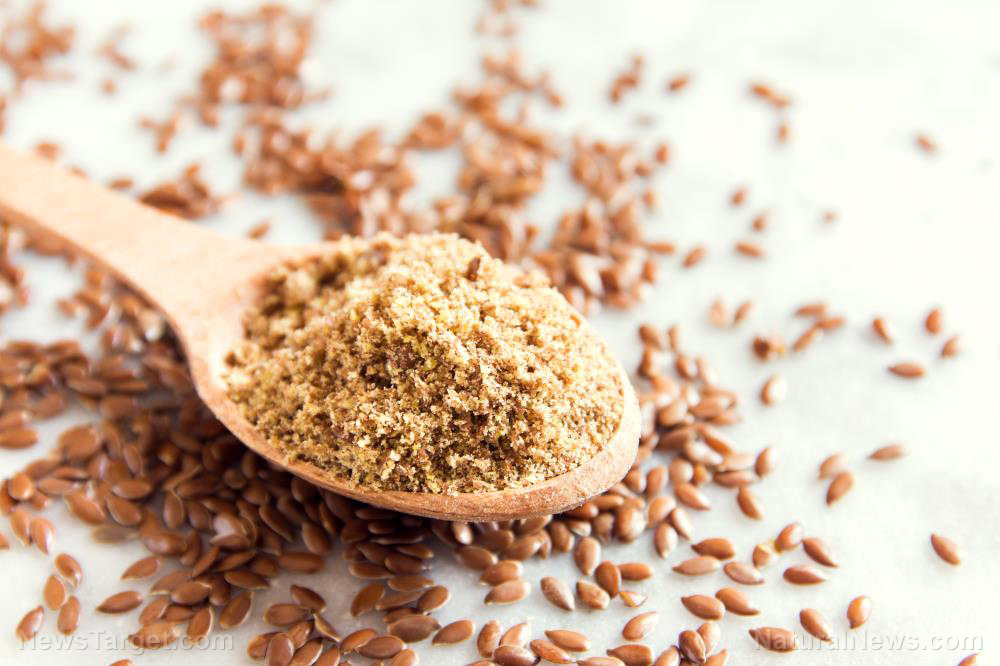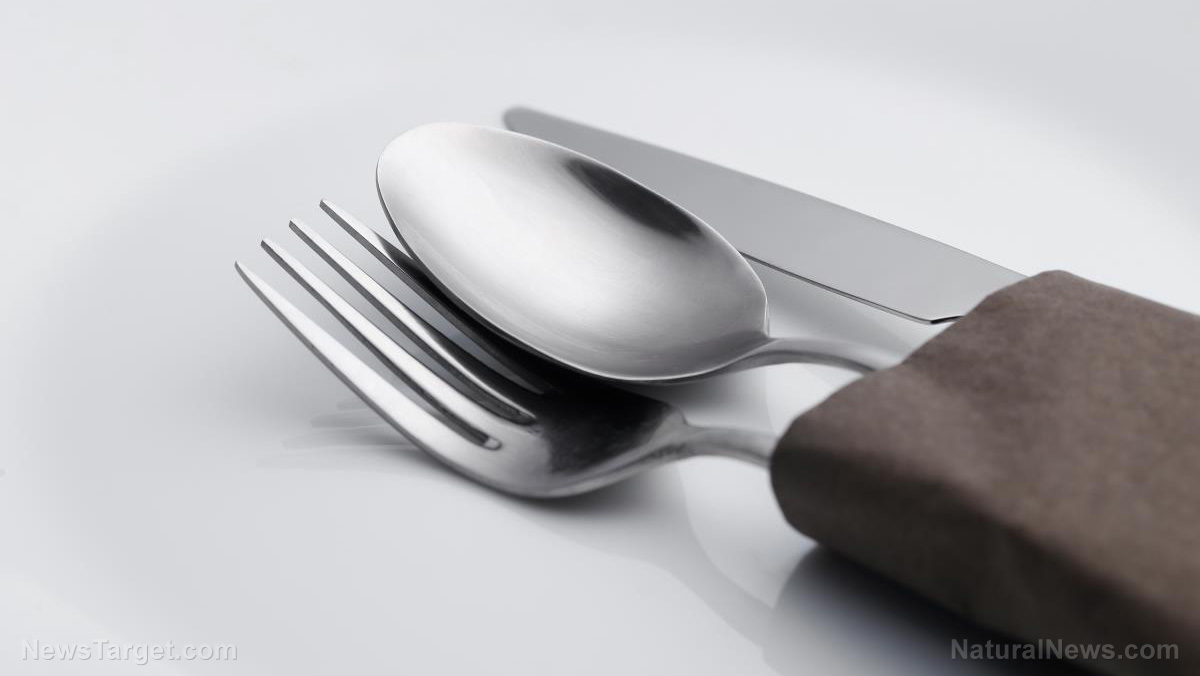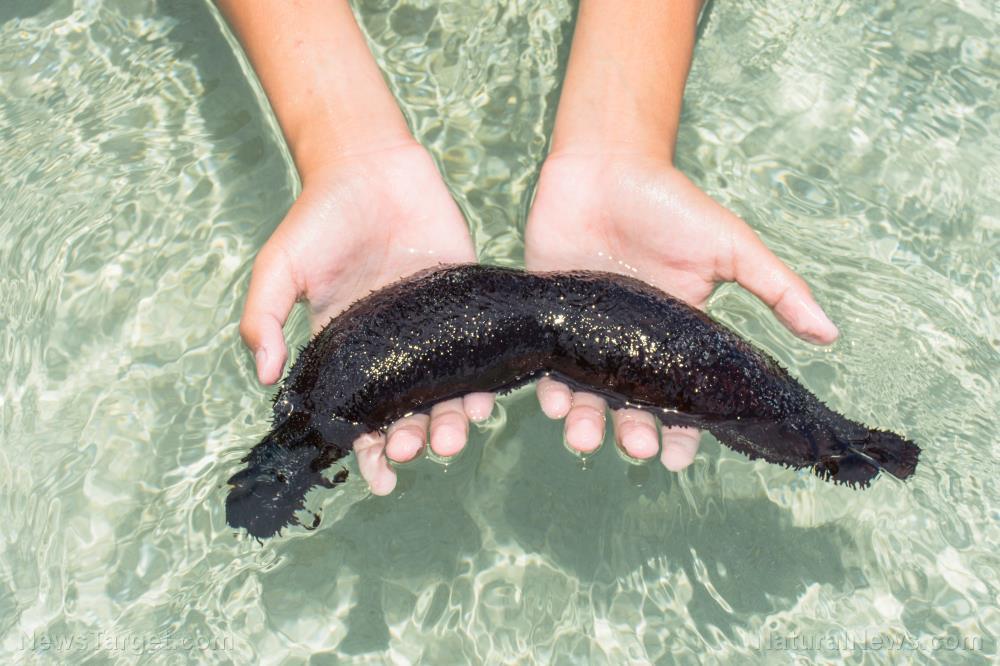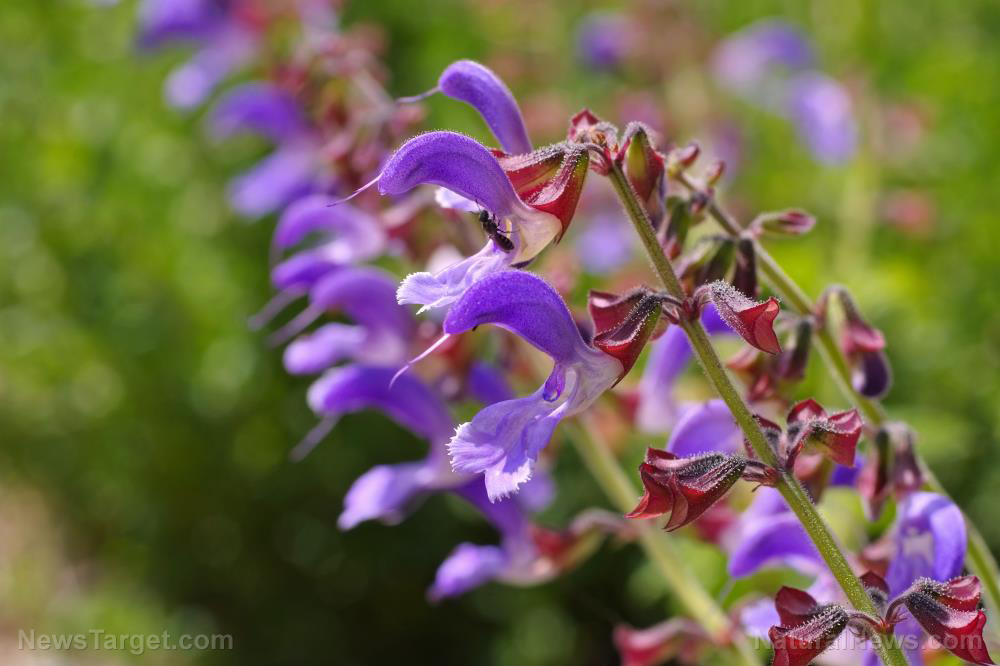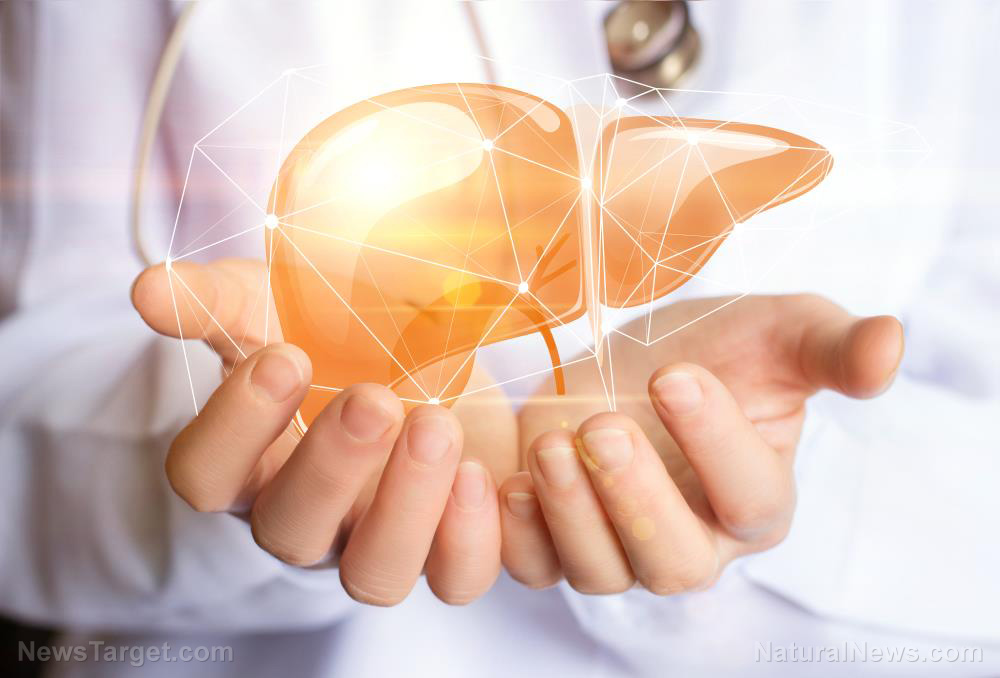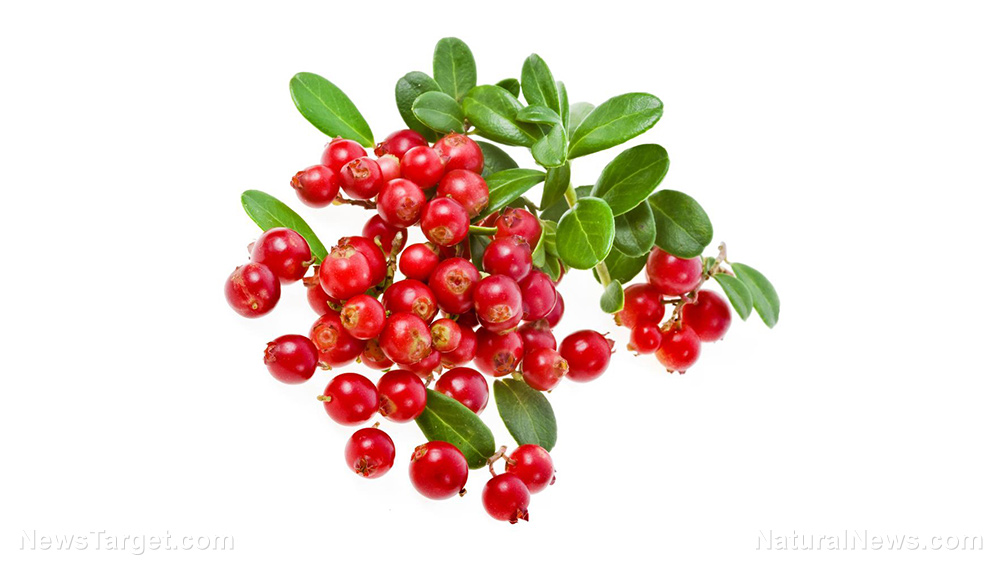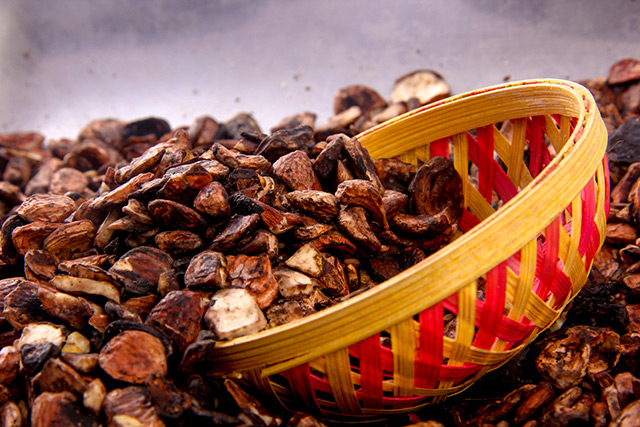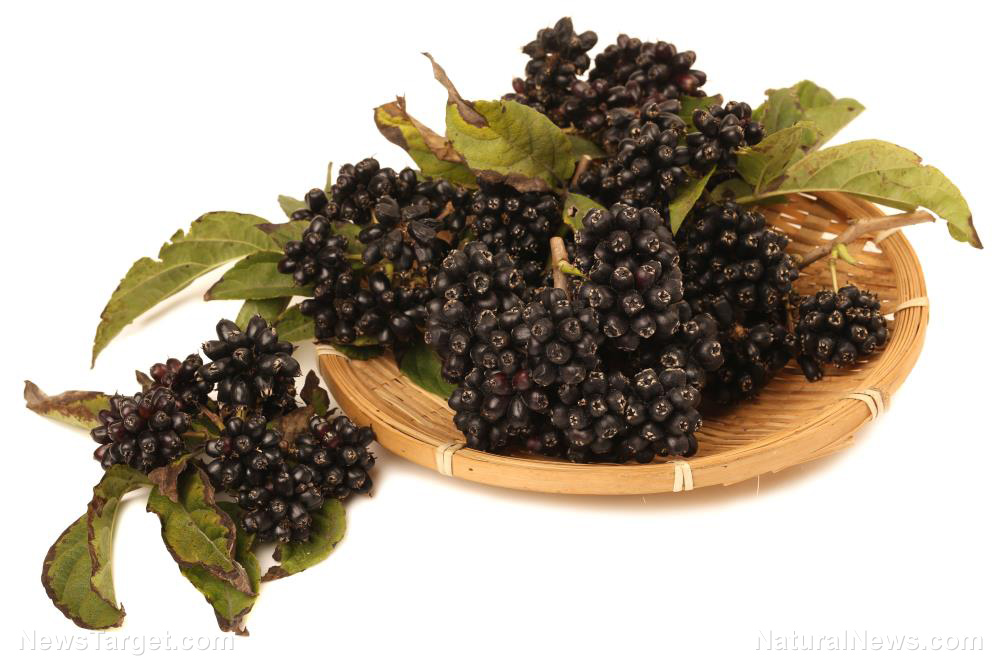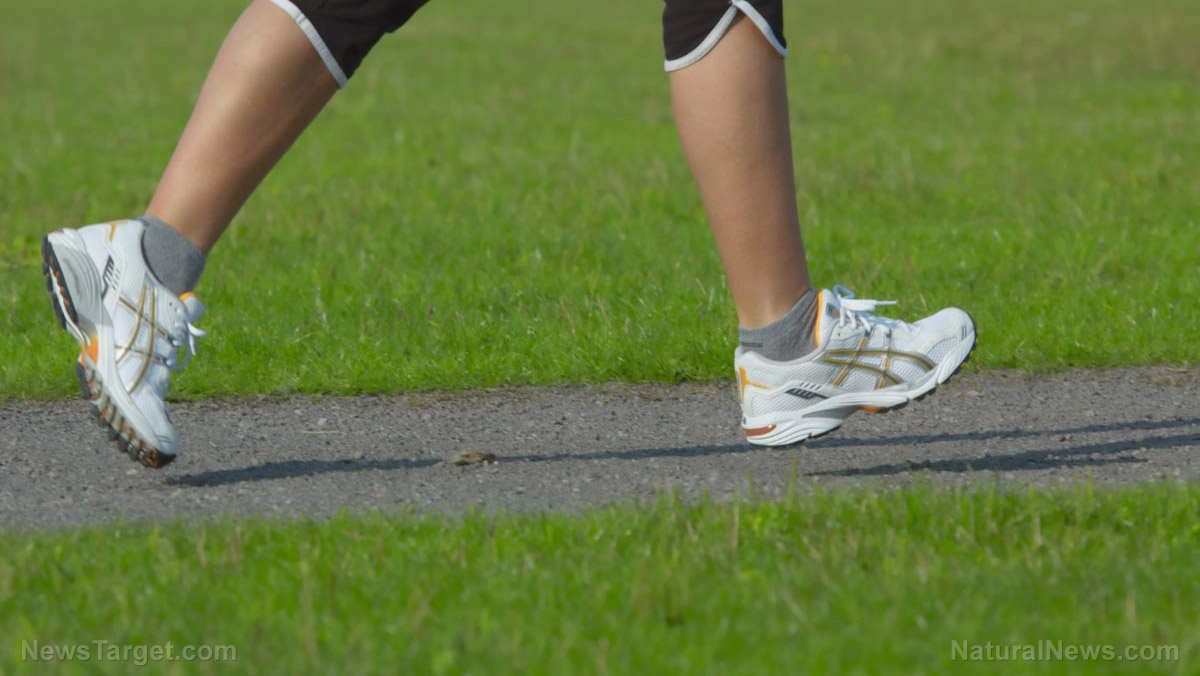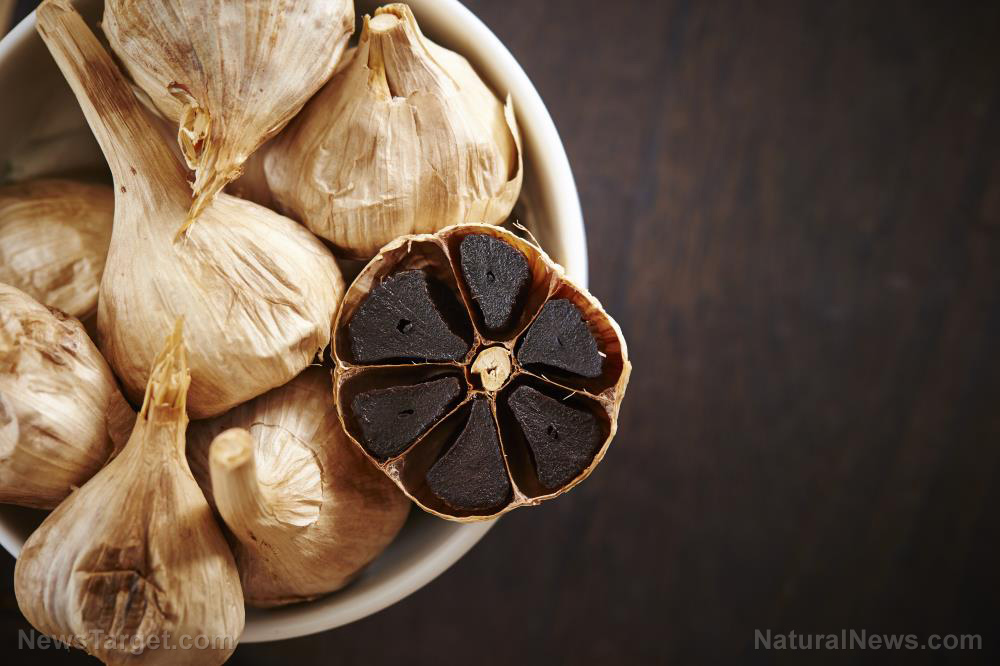Control blood pressure with food therapy
06/20/2019 / By Michelle Simmons
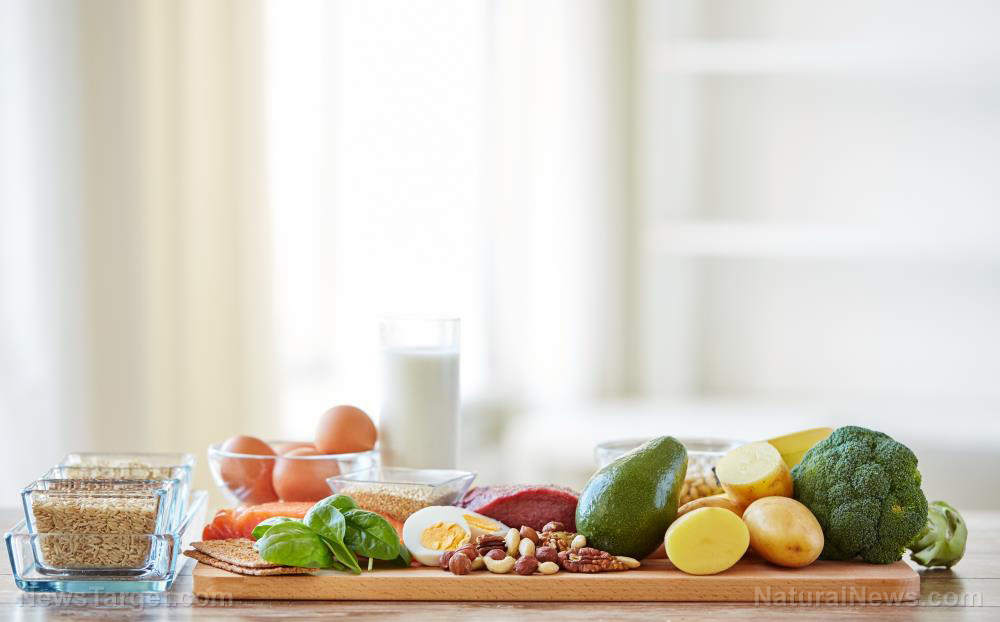
The food you eat greatly affects your health: It can either keep you healthy or contribute to diseases. A review of literature published in The American Journal of Chinese Medicine suggested that food therapy is an effective way to control blood pressure.
Author Ping Zhou, a researcher from Nipissing University in Canada, looked at the beneficial effects of food therapy on controlling hypertension or high blood pressure. He summed up the basic concepts of traditional Chinese medicine, the principles of food therapy, and its application for hypertension control based on Chinese literature in this paper.
In traditional Chinese medicine, food is conceptualized based on the nutritional and functional aspects and can be used to treat diseases. Four principles of traditional Chinese medicine food therapy are available for managing hypertension: light eating, balancing the “hot” and “cold” nature of food, the harmony of the five flavors of food, and consistency between dietary intake and different health conditions.
Based on a statistical analysis of antihypertensive foods recommended in 20 books on the application of food therapy for hypertension control, the 38 most frequently recommended are apples, bananas, bitter melons, black fungus, buckwheat, carrots, celery, corn, dairy products, eggplant, garland chrysanthemum, garlic, green beans, green onion, hawthorn, honey, jellyfish, kiwi, laver, mushroom, oat, onion, pea, peanut, pear, persimmon, potato, sea cucumber, seaweed, shepherd’s purse, soy products, soybean, spinach, tea, tomato, vinegar, watermelon, and winter melon. In addition, food therapy focuses on the therapeutic effects of food, considering its nature, taste, and function on balanced human health, which results in optimal blood pressure management. (Related: Eat more veggies and fish – Compound in both foods found to promote heart health.)
Mother Nature's micronutrient secret: Organic Broccoli Sprout Capsules now available, delivering 280mg of high-density nutrition, including the extraordinary "sulforaphane" and "glucosinolate" nutrients found only in cruciferous healing foods. Every lot laboratory tested. See availability here.
In conclusion, current literature suggested that food therapy is effective in controlling blood pressure.
Types of diet for lowering blood pressure
The DASH diet, which stands for Dietary Approaches to Stop Hypertension, is a lifelong approach to healthy diet developed to help treat or prevent high blood pressure. It was designed to lower blood pressure without medication.
This type of diet focuses on reducing sodium in your diet and eating various foods loaded with nutrients that help lower blood pressure, such as calcium, magnesium, and potassium. It encourages eating plenty of fruits, vegetables, and low-fat dairy foods, as well as moderate intake of whole grains, fish, poultry, and nuts. It also suggests limiting your sodium intake to up to 2,300 milligrams (mg) every day.
Just two weeks of adhering to the DASH diet can already lower your blood pressure by a few points. Over time, your systolic blood pressure could be reduced by eight to 14 points, which makes a significant difference in your health risks. In addition, the DASH diet is also in line with dietary recommendations to fight against cancer, diabetes, heart disease, osteoporosis, and stroke.
Another type of diet that can help in hypertension control is the Mediterranean diet, which was patterned to the dietary habits of people who live in the Mediterranean region. It encourages consuming only monounsaturated fats, mostly from olive oil and olives, as well as fresh fruits, vegetables, whole grains, and low-fat dairy products. It also suggests the consumption of calorie-dense high-protein foods, such as fish, poultry, and legumes, and moderate consumption of wine. This diet has been shown to lower blood pressure by two points and has been suggested for improving heart health.
In addition to healthy eating, blood pressure can be managed by making healthy lifestyle changes. These include exercising regularly, managing stress, trying meditation or deep breathing, losing excess weight or maintaining a healthy weight, and quitting smoking.
To read more studies on the health benefits of food on hypertension, visit FoodIsMedicine.com.
Sources include:
Tagged Under: food is medicine, food science, food therapy, foodcures, functional food, high blood pressure, hypertension, prevention, research, TCM, therapies, traditional Chinese medicine
RECENT NEWS & ARTICLES
Natural.News is a fact-based public education website published by Natural News Features, LLC.
All content copyright © 2018 by Natural News Features, LLC.
Contact Us with Tips or Corrections
All trademarks, registered trademarks and servicemarks mentioned on this site are the property of their respective owners.

